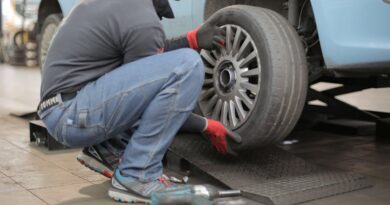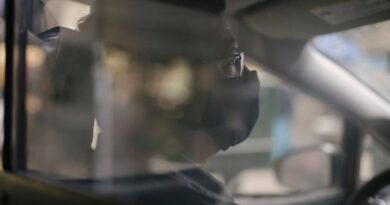Advice for Safe Driving in Urban Areas
Did you know that more than half of all car accidents happen in urban areas? Cities are busy places with lots of cars, pedestrians, and cyclists. Staying safe while driving in these environments is crucial. Heres how you can drive safely in urban areas.
Why Is Urban Driving Different?
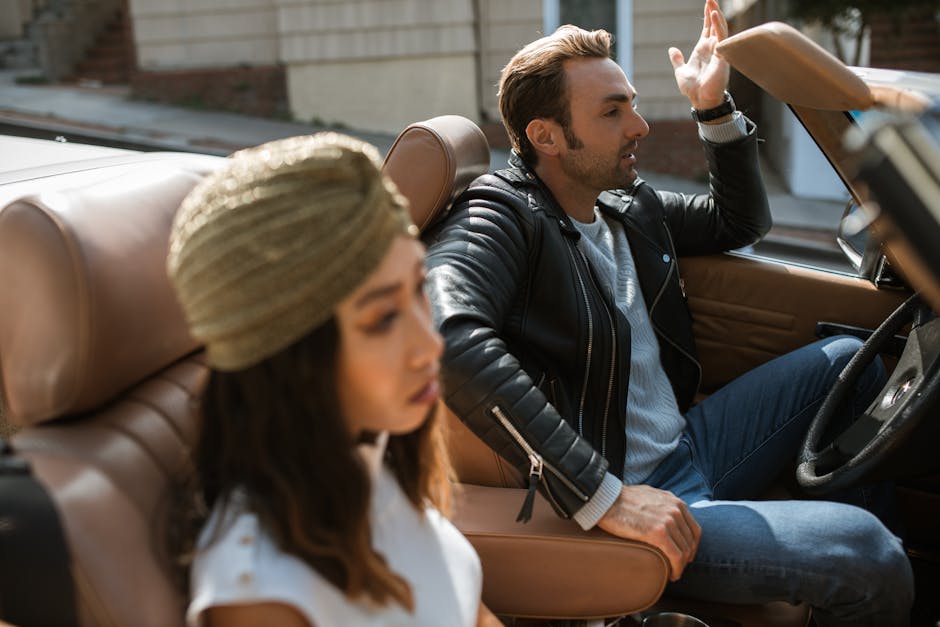
Urban driving stands apart from driving in rural areas. In cities, you face unique challenges:
- Heavy traffic
- Frequent stops
- Pedestrians and cyclists
- Road construction
These elements can make driving stressful. But don’t worry! With a few tips, you can navigate the urban jungle safely.
How Can You Stay Alert While Driving?
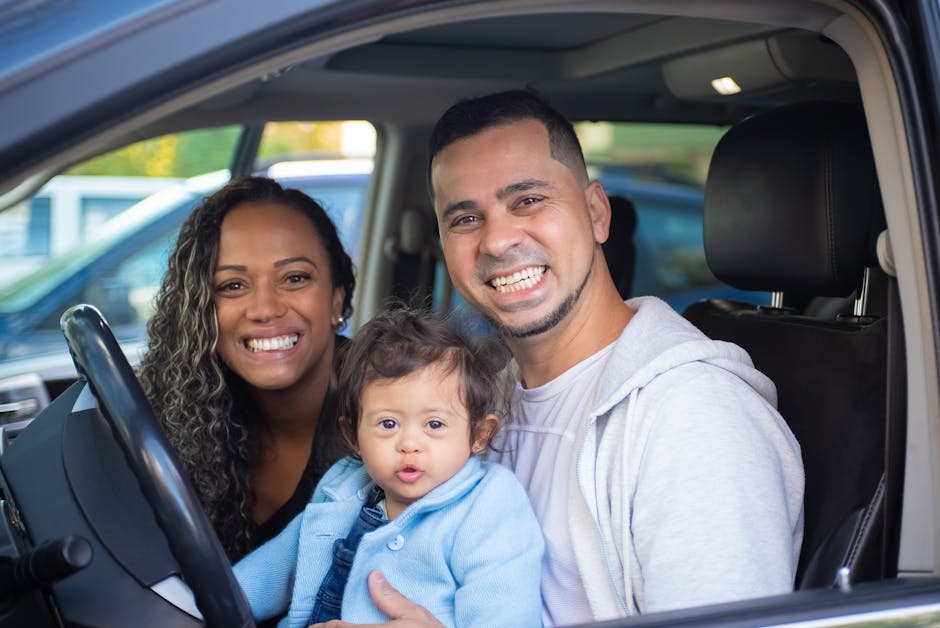
Staying focused is key in busy areas. Here are some techniques:
- Limit distractions: Put your phone away. Turn off notifications. Focus on the road.
- Stay calm: Take deep breaths if you feel anxious. Remember, it’s just a drive.
- Use your mirrors: Check your side and rear-view mirrors regularly. This helps you stay aware of your surroundings.
Being alert helps you react quickly. This can prevent accidents.
What Are the Speed Limits in Urban Areas?

Speed limits in cities are usually lower than on highways. Most urban streets have limits between 25 to 35 mph. In school zones, the limits can drop to 15 mph. Why? it’s to protect pedestrians and children.
Always look for signs that indicate speed limits. A good rule of thumb is to go slower in busy areas. This gives you more time to react.
How Do You Handle Pedestrians and Cyclists?
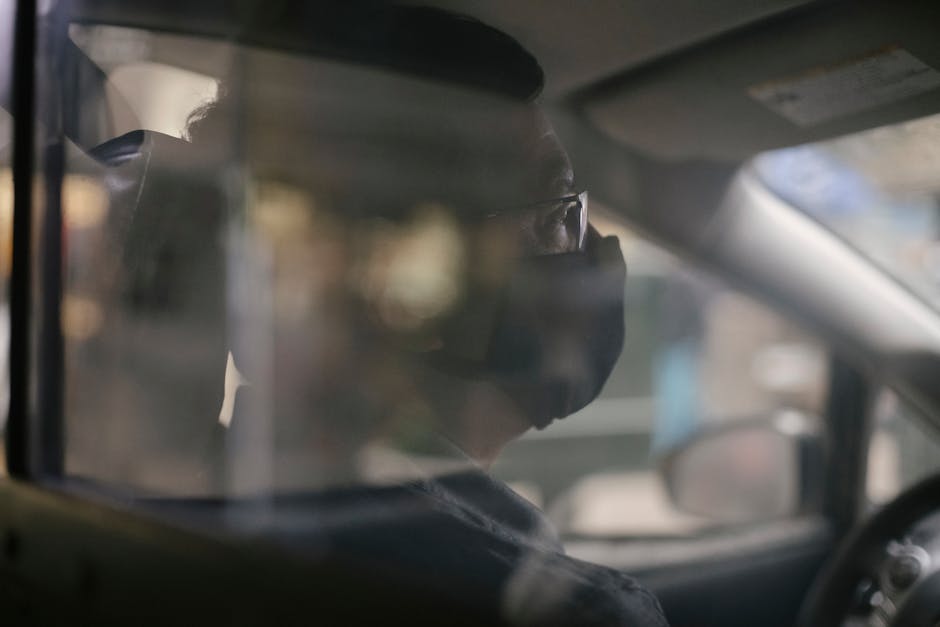
Urban areas are filled with pedestrians and cyclists. They can appear suddenly. Heres how to share the road:
- Yield to pedestrians: Always stop for people in crosswalks. it’s the law.
- Watch for cyclists: Always check your blind spots before turning or changing lanes.
- Give space: Maintain a safe distance when passing cyclists. They need room to maneuver.
Remember, safety is everyones responsibility. Being cautious protects you and others.
What Should You Do at Intersections?
Intersections can be tricky. They are common spots for accidents. Heres how to approach them safely:
- Look both ways: Always check for traffic when approaching an intersection.
- Follow traffic signals: Wait for green lights and follow signals carefully.
- Be prepared to stop: don’t enter an intersection unless you can clear it completely.
By staying cautious, you can reduce the chance of collisions.
How Can Weather Affect Urban Driving?
Weather impacts driving conditions. Rain, snow, and fog can create hazards. Heres how to adjust:
- Slow down: Reduce your speed in bad weather. Slippery roads can make it harder to stop.
- Increase following distance: Keep more space between you and the car in front of you.
- Use headlights: Turn on your headlights in rain or fog to increase visibility.
Being cautious in bad weather can help prevent accidents.
What About Parking in the City?
Finding parking in urban areas can be a challenge. Here are some tips:
- Look for designated spots: Always park in marked spaces.
- Check for signs: Be aware of parking regulations. Some areas have restrictions.
- Use parking apps: Consider using apps to find available parking spots nearby.
Proper parking keeps the streets clear and helps emergency vehicles access areas quickly.
How Can You Combine Technology with Safe Driving?
Technology can help you drive more safely. Here are some useful tools:
- Navigation apps: Apps like Google Maps can help you avoid traffic.
- Backup cameras: These help you see what’s behind you when reversing.
- Collision warning systems: These alert you to potential hazards.
Using technology wisely can make your drive smoother and safer.
What Are Some Common Misconceptions About Urban Driving?
Many people have myths about driving in cities. Here are a few:
- Myth: You don’t need to signal in the city.
Fact: Always signal your turns. It communicates your intentions to others. - Myth: You can drive as fast as you want if theres no traffic.
Fact: Speed limits apply at all times. - Myth: Parking laws don’t matter if the street is empty.
Fact: Always follow parking regulations to avoid fines.
Understanding these myths helps you make better choices on the road.
What Are the Final Takeaways for Safe Urban Driving?
Driving in urban areas requires awareness and patience. Here are some key points to remember:
- Stay alert and limit distractions.
- Know the speed limits and follow them.
- Yield to pedestrians and cyclists.
- Approach intersections with caution.
- Adjust your driving for weather conditions.
- Find and follow parking rules.
- Use technology to enhance safety.
By following these tips, you can enjoy a safer driving experience in the city. Remember, safety is always your top priority.
For more insights on safe driving, check out this [National Highway Traffic Safety Administration](https://www.nhtsa.gov) resource.
Drive safe, and remember to keep your eyes on the road!


